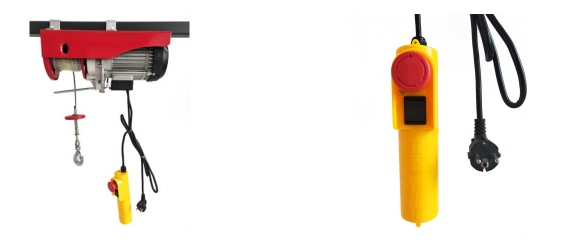


Understanding Fall Protection Tools Ensuring Safety in the Workplace
In various industries, particularly construction, maintenance, and warehousing, fall hazards are a significant concern that can lead to severe injuries or even fatalities. Recognizing the importance of safety, many organizations have adopted comprehensive fall protection programs that integrate the use of specialized tools designed to prevent falls and safeguard workers. This article explores the critical fall protection tools, their functions, and the importance of proper training.
Types of Fall Protection Tools
1. Personal Fall Arrest Systems (PFAS) Personal fall arrest systems are essential tools that prevent workers from falling from heights. A PFAS typically consists of three main components a full-body harness, a lanyard, and an anchor point. The harness is worn by the worker, distributing fall forces across the body to minimize injury. The lanyard connects the harness to an anchor point, which should be properly installed and capable of withstanding shock loads.
2. Guardrails and Handrails Guardrails are a passive fall protection measure used around elevated work areas, such as rooftops and scaffolds. These barriers act as physical preventatives, keeping workers from the edge and reducing the chance of accidental falls. Handrails are often installed on stairways and platforms, providing support for workers while enhancing safety.
3. Safety Nets Safety nets are installed below elevated work areas to catch workers who may fall. They are often used in large construction sites, where the risk of falling debris is also a concern. The nets are designed to absorb the energy of the fall and safely cradle the individual until they can be rescued.
4. Elevated Work Platforms (EWPs) Elevated work platforms, such as scissor lifts and boom lifts, allow workers to reach high areas without the risk of falling. These platforms provide a stable working surface and are equipped with safety features like guardrails and emergency descent systems to enhance worker safety.
5. Ladders and Scaffolding When used correctly, ladders and scaffolding are safe ways to work at height. It is essential to choose the right ladder for the task and to inspect it for any defects before use. Scaffolding must be erected following local guidelines and should be inspected regularly to ensure stability and safety.

The Importance of Training
While having the right fall protection tools is crucial, proper training on their use is equally important. Workers must be educated about the hazards associated with working at heights and the correct procedures for using fall protection equipment. Training should include
- Understanding Fall Hazards Workers should be aware of the types of fall hazards present in their environment and how to mitigate them. - Proper Use of Equipment Training should provide detailed instructions on how to wear harnesses correctly, how to secure lanyards, and how to assemble and dismantle scaffolding.
- Emergency Procedures In the event of a fall, knowing how to respond quickly and effectively can save lives. Training should cover the steps to take after a fall, including rescue operations and first aid.
Regulatory Compliance
Organizations must adhere to local and national regulations regarding fall protection. The Occupational Safety and Health Administration (OSHA) in the United States outlines specific standards for fall protection in various industries. Compliance with these regulations not only enhances worker safety but also protects organizations from potential fines and legal issues.
Conclusion
Fall protection tools are indispensable in creating a safe work environment for employees exposed to fall risks. By utilizing a combination of personal fall arrest systems, guardrails, safety nets, elevated work platforms, and proper training, organizations can significantly reduce the incidence of workplace falls. Safety is not just a checklist; it is a culture that requires commitment from all levels of the organization. Investing in the right tools and training ultimately safeguards lives, enhances productivity, and fosters a positive workplace environment.



